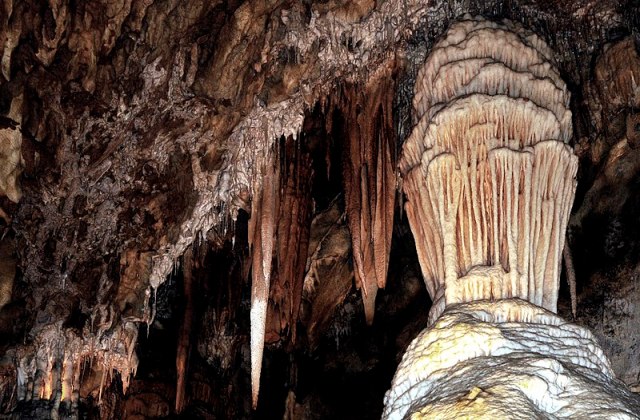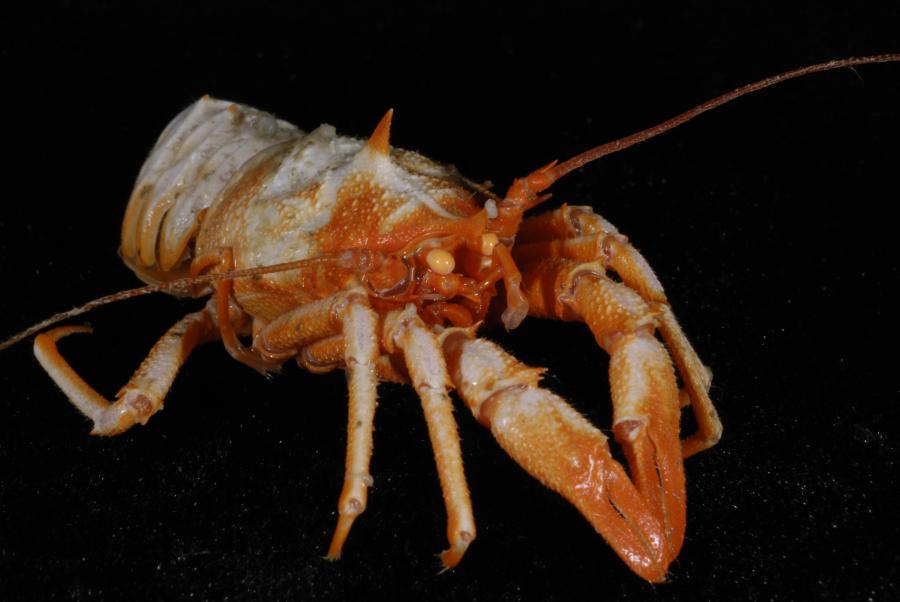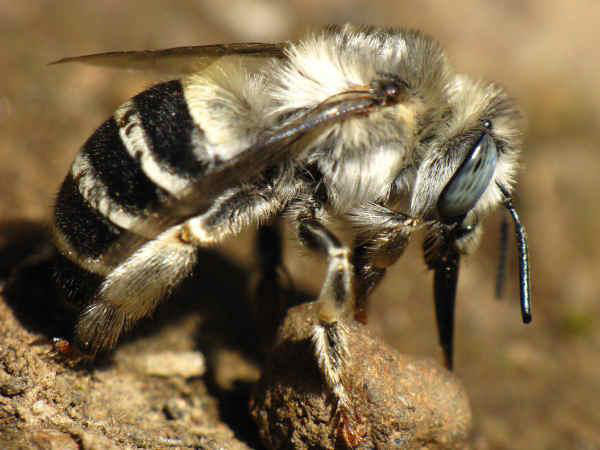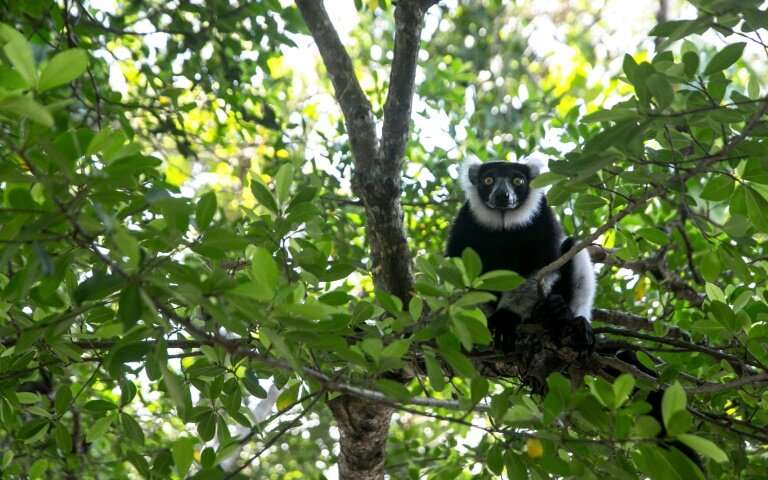There is little research on how climate change, floods and bushfires will affect the Jenolan Caves, a vast 40 km system of limestone caves in the Blue Mountains, west of Sydney in New South Wales, an Australian state government conservation management plan says.

Data quoted by the plan also appears to suggest the NSW government has not acted on a 2010 report that called for a “major research effort” to assess the impacts of climate change on soils, vegetation, flooding and fire risk across the 3,083 hectare reserve where the caves are located.
Scientific tests of clay samples by the CSIRO, Australia’s leading research agency, have estimated the age of the Jenolan Caves at around 340 million years, making them the world’s oldest known open caves system.
The Jenolan Karst Conservation Reserve is one of eight areas that are protected under a UNESCO World Heritage listing for the Blue Mountains that was announced in 2000. The caves are also on the Australian National Heritage and were added to the NSW State Heritage Register in 2004.
However, despite their heritage status, the NSW government’s newly published conservation plan for the Jenolan Caves says it “is unknown how predicted changes in climate in this region will affect fire frequency.”
“Under future predicted climate change it is predicted that temperatures will be higher and seasonal rainfall patterns will change” the plan says. And yes, it’s a frustrating plan that offers little detail to members of the public. There’s more to government transparency, accountability and public accessibility than plonking a plan up on a website.
Many of the scientific references quoted by the plan date back almost a decade and indicate that scientists working with the state’s National Parks and Wildlife Service have repeatedly called for more research into climate change impacts across the Blue Mountains.
“Major research effort is required to resolve future effects of changes in moisture and elevated carbon dioxide on vegetation characteristics. The degree to which these characteristics will change and affect fire regimes is unknown,” the plan says, quoting a 2010 scientific report.
In its recommendations, the plan says the state Office of Environment and Heritage will “update and implement the reserve fire management strategy in accordance with NPWS policy.”
It does not give details of what this will involve but says “an adaptive management approach to fire management will be adopted as the effects of climate change are realised or as new information on best practice management of fire on karst becomes available”.
What does that mean?
It also refers to an Australian National University study from 2009 which warned that climate change could significantly impact the karst environment of the caves.
“More variable and extreme rainfall and wildfire events can directly damage surface karst features and alter the hydrological regimes and chemical processes which are crucial to the maintenance of a healthy karst environment, ” the plan says, attributing these observation to the ANU study.
Back in 2010, the government was also told by its own conservation scientists that “assessment of climate change impacts on flood-producing rainfall events is necessary for specific locations” in the Jenolan Caves reserve.
That study also warned that “research needs to be undertaken to provide more specific advice on the potential scale of changes to flood-producing rainfall events”.
And back in 2012, the department was told that “based on overseas research, the threatened flame robin and gang-gang cockatoo, both altitudinal migrants, may be particularly at risk from climate change” affecting the Blue Mountains.
That study also said preliminary modelling suggested the eastern bentwing-bat, eastern false pipistrelle and greater broad-nosed bat were likely to be affected by climate change.
Fire hazard mapping of the reserve in 1989 estimated that 70 per cent of the Jenolan Caves reserve had a high fire hazard risk. What are the 2019 estimates?
“A reserve fire management strategy which defines the fire management approach for the reserve has been prepared and will updated as required,” the management plan says.
Good, because the fire strategy it’s referring to was prepared in 2009.
“Fire in bushland areas can result in erosion and landslips which can destroy habitat. Apart from direct impacts on biodiversity values at the surface, smoke, decreased oxygen and elevated temperatures associated with fire can affect cave-dwelling fauna,” the plan says.
“The sensitivity of karst environments to frequent fire requires ongoing monitoring and review.”
Sadly, it’s a report that offers a snapshot of a government department struggling with staff cuts and a gradual loss of research expertise. Many NPWS scientists have been made redundant or had their job descriptions simplified and downgraded – and that may possibly explain why this plan had had to rely on data & research dating back to an era when the NPWS had more scientific staff.
It also raises questions about the value placed on our World Heritage listed sites by state and federal governments. And yes, it also shows the recklessness of government ministers and bureaucracies in failing to address climate change.










